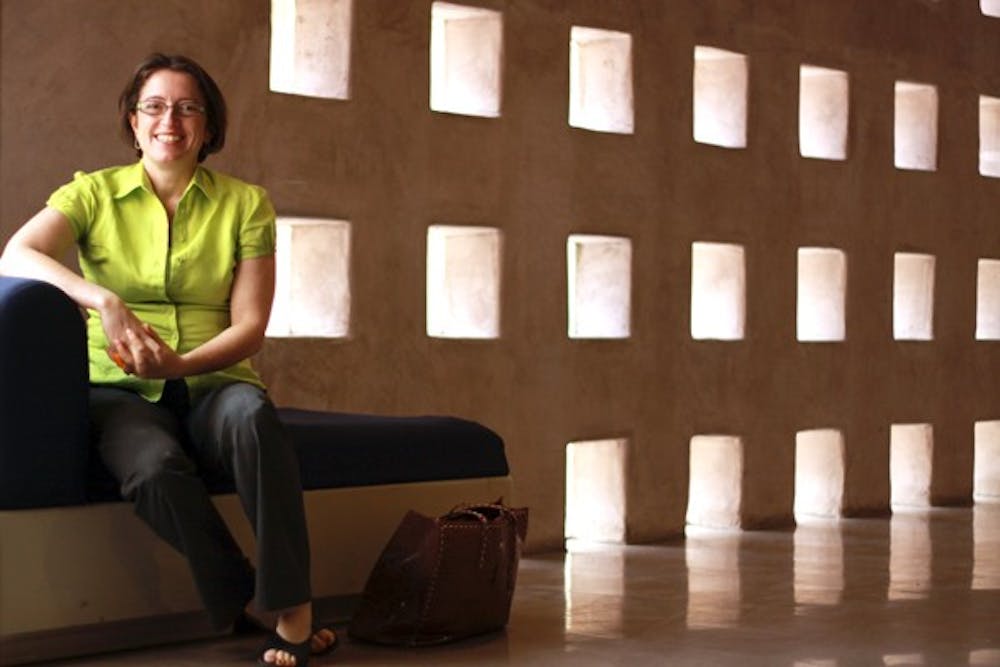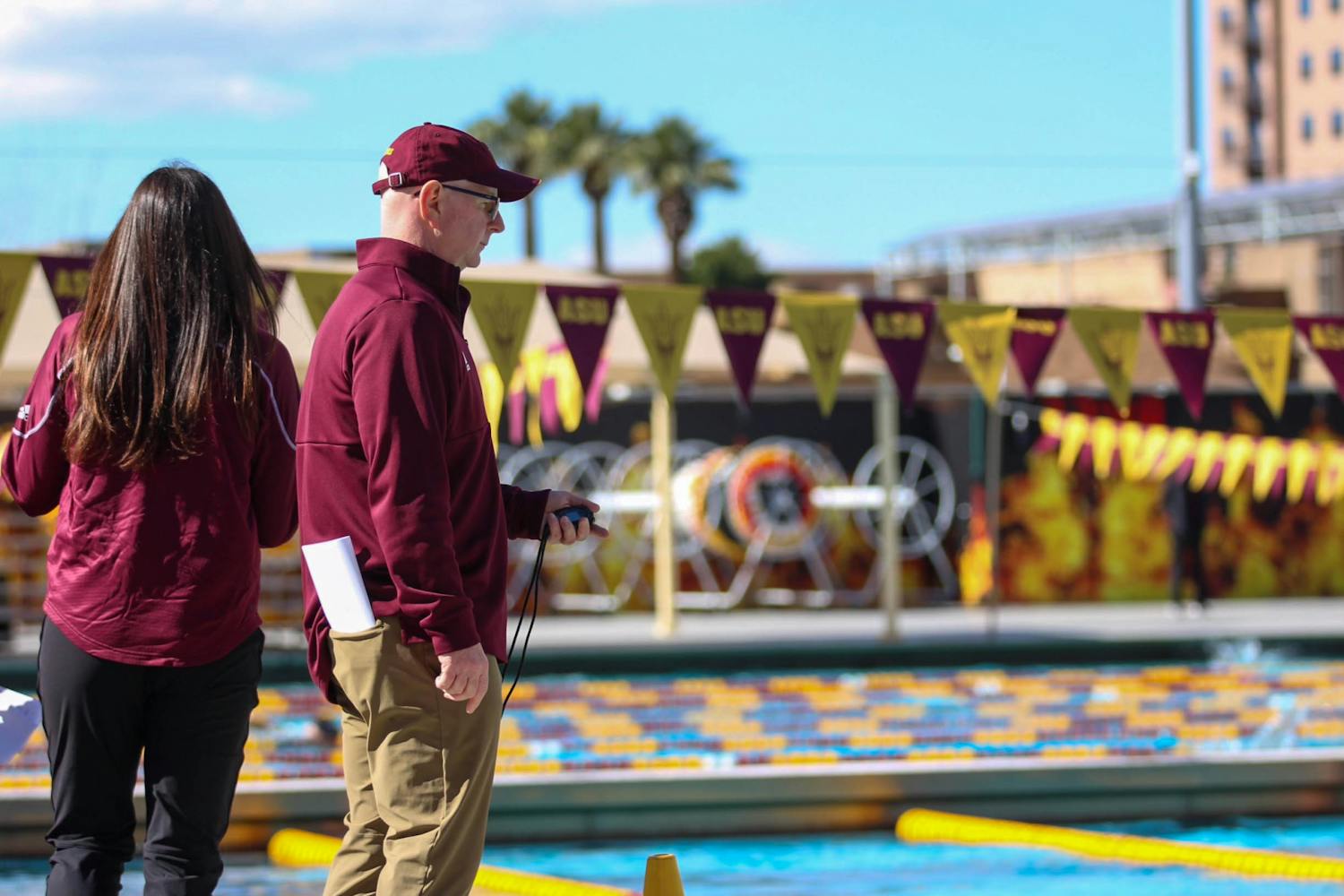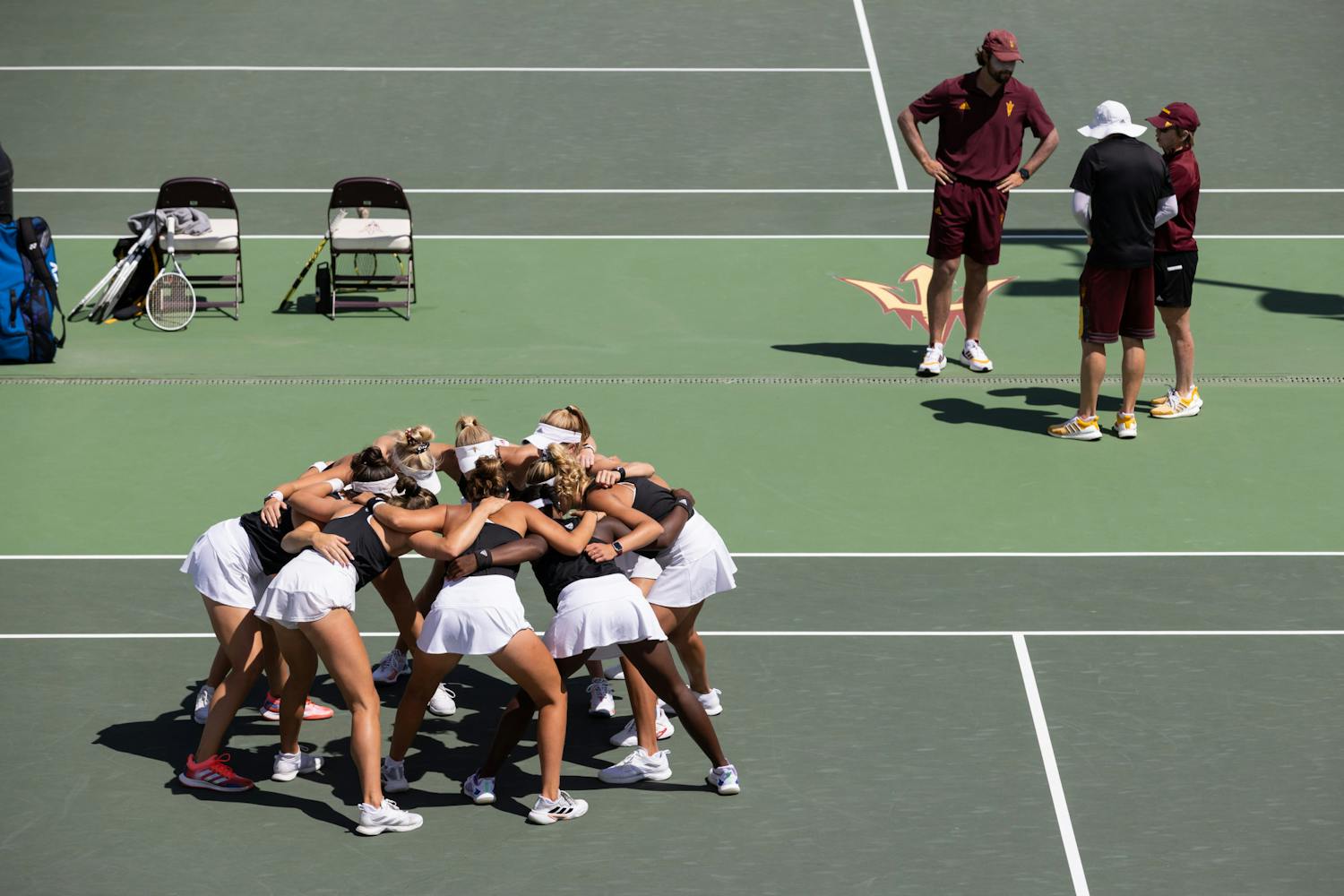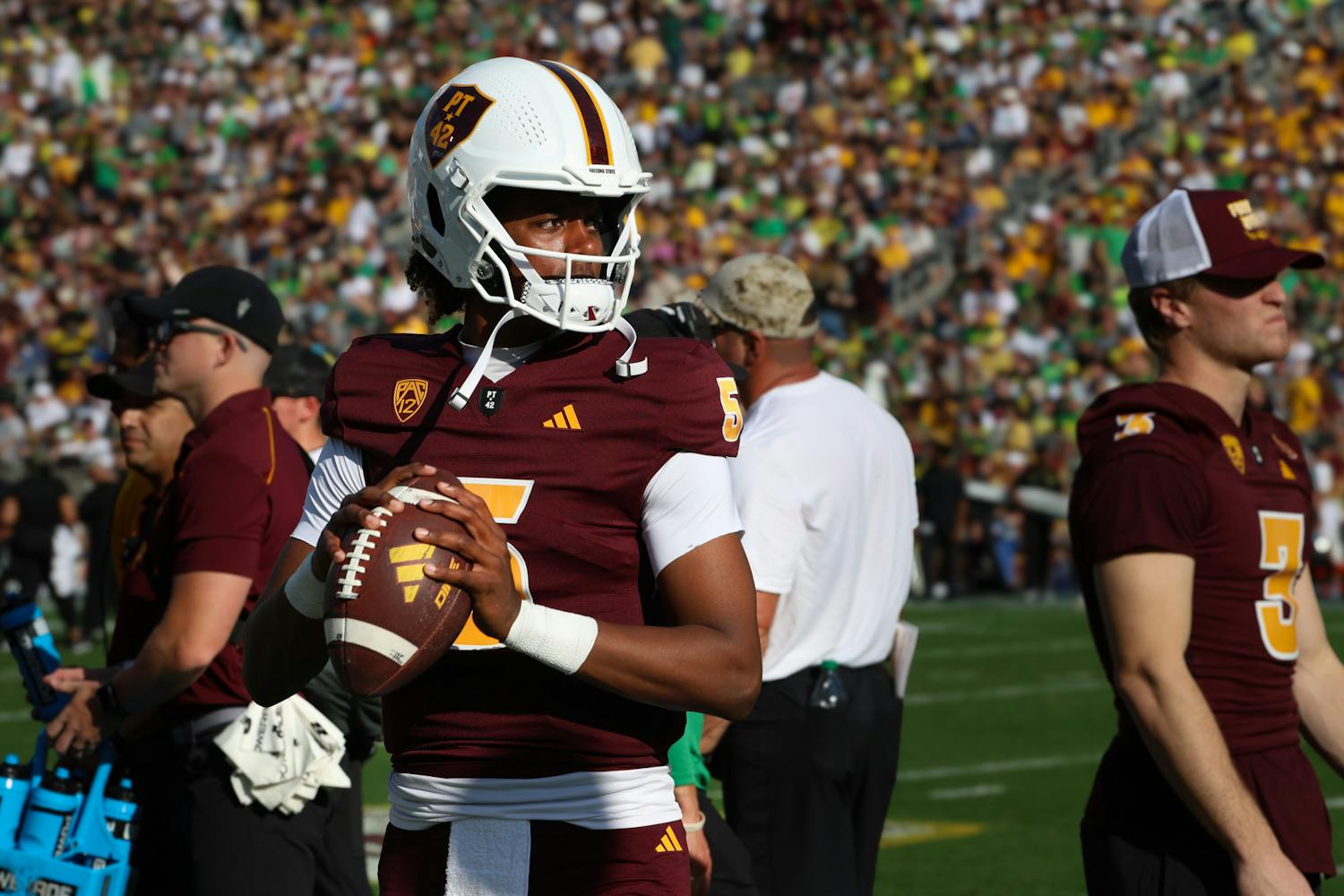An initiative at the Herberger Institute for Design and the Arts seeks to end the days of the starving artist by providing funds and mentorship to students with entrepreneurial arts projects.
Interdisciplinary digital media graduate student Boyd Branch received funding for two projects last year, the Blue Bike Kid Show and Shakespeare Hero, through the performing arts venture experience.
The Blue Bike Kid Show is a company Branch began with two partners, ASU alumni Steve Wilcox and Elizabeth Peterson. The trio put together both a live show and a Web series based on the premise that Nikola Tesla chose them as time-traveling assistants to instill a spirit of innovation in today's children.
The p.a.v.e. program provided the start-up funding for this project and a mentorship with two professors at the Herberger Institute, Linda Essig and Jacob Pinholster. Every p.a.v.e. project receives funding and mentoring.
Branch’s other project, Shakespeare Hero, is a video game that helps people learn iambic pentameter. Players recite lines of Shakespearean dialogue and are rated on their rhythm.
"My other project was like Rock Band for thespians," Branch said.
Another project that received an award this year was theater and dance senior Anthony Kelly's FrojoMojo Productions. However, Kelly chose to give the money back and further develop his concept before moving forward, he said in an email. He intends to apply again this spring now that he is closer to graduating and has made more connections.
FrojoMojo Productions got its name from two acronyms: Frojo stands for fueling responses out of judgmental observers and Mojo for more opportunities for just originality.
"We are also trying to push artists to present 100 percent unconstrained work that let artists tell it like it is," Kelly said. "I personally believe that artists should mix drinks with their own Kool-Aid and serve it because if you don't, you end up with a generic product where your flavor gets blended in and nothing about it becomes unique.”
Both Branch and Kelly agreed that the application process was lengthy. It began with a short letter of intent, then a five to eight-page proposal outlining the project and the budget and whom the project will affect.
If the p.a.v.e. board approves of the proposal, the candidates for the award require an interview, where Branch said he was “interrogated” about his project and then given suggestions on how to make it better.
Thw p.a.v.e. program began with a grant five years ago from the Kauffman Foundation.
"There were a couple of factors involved in the creation of p.a.v.e. Primarily, everything artists do to get their work out in the world is entrepreneurial," said Linda Essig, founding director of the School of Theatre and Film at the Herberger Institute.
Over the past few years, many students have benefited from p.a.v.e., Essig said.
She said she hopes to expand it in the future, including finding more funding from both grants and private sources.
Reach the reporter at julia.shumway@asu.edu or follow @JMShumway on Twitter
Like The State Press on Facebook and follow @statepress on Twitter.




